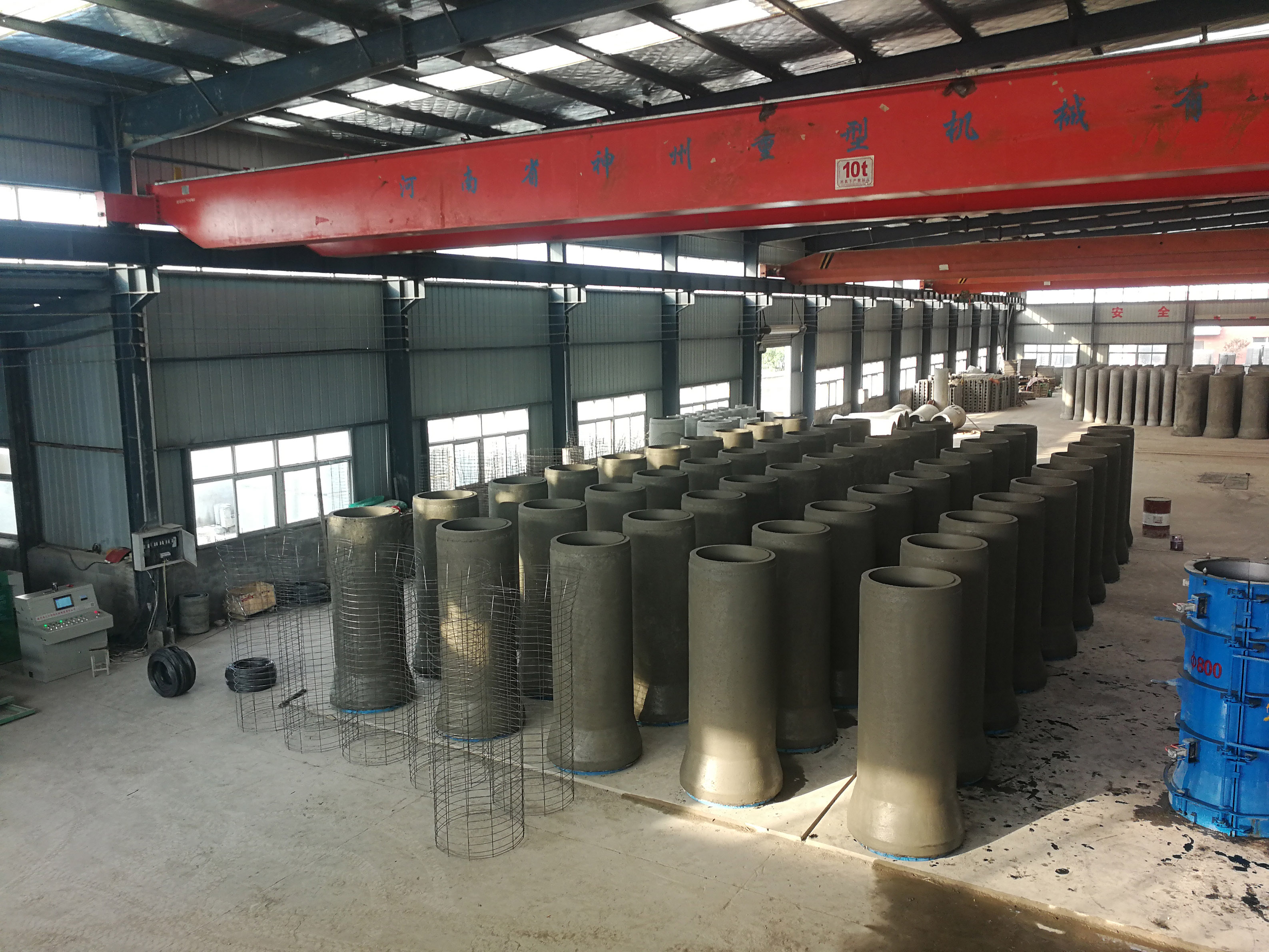- Afrikaans
- Albanian
- Amharic
- Arabic
- Armenian
- Azerbaijani
- Basque
- Belarusian
- Bengali
- Bosnian
- Bulgarian
- Catalan
- Cebuano
- China
- China (Taiwan)
- Corsican
- Croatian
- Czech
- Danish
- Dutch
- English
- Esperanto
- Estonian
- Finnish
- French
- Frisian
- Galician
- Georgian
- German
- Greek
- Gujarati
- Haitian Creole
- hausa
- hawaiian
- Hebrew
- Hindi
- Miao
- Hungarian
- Icelandic
- igbo
- Indonesian
- irish
- Italian
- Japanese
- Javanese
- Kannada
- kazakh
- Khmer
- Rwandese
- Korean
- Kurdish
- Kyrgyz
- Lao
- Latin
- Latvian
- Lithuanian
- Luxembourgish
- Macedonian
- Malgashi
- Malay
- Malayalam
- Maltese
- Maori
- Marathi
- Mongolian
- Myanmar
- Nepali
- Norwegian
- Norwegian
- Occitan
- Pashto
- Persian
- Polish
- Portuguese
- Punjabi
- Romanian
- Russian
- Samoan
- Scottish Gaelic
- Serbian
- Sesotho
- Shona
- Sindhi
- Sinhala
- Slovak
- Slovenian
- Somali
- Spanish
- Sundanese
- Swahili
- Swedish
- Tagalog
- Tajik
- Tamil
- Tatar
- Telugu
- Thai
- Turkish
- Turkmen
- Ukrainian
- Urdu
- Uighur
- Uzbek
- Vietnamese
- Welsh
- Bantu
- Yiddish
- Yoruba
- Zulu
सप्टेंबर . 05, 2024 15:30 Back to list
classification of heat exchanger
Classification of Heat Exchangers
Heat exchangers are critical components in various industries, facilitating the transfer of thermal energy between two or more fluids. Understanding the classification of heat exchangers is vital for engineers and technologists as it influences the design, efficiency, and application in different thermal processes. Heat exchangers can be classified based on several criteria, including their design, flow arrangement, construction material, and application.
One of the primary classifications based on design includes shell-and-tube heat exchangers, plate heat exchangers, finned tube heat exchangers, and air-cooled heat exchangers. Shell-and-tube heat exchangers consist of a series of tubes, one set carrying the hot fluid and the other the cold fluid, providing a robust structure suitable for high-pressure applications. Plate heat exchangers, on the other hand, consist of multiple thin plates stacked together, offering a compact design with a larger surface area relative to volume, enhancing heat transfer efficiency. Finned tube heat exchangers incorporate extended surfaces (fins) to increase the surface area available for heat transfer, making them particularly effective in gas-to-liquid applications.
Flow arrangement is another crucial classification aspect. Heat exchangers can be either counterflow, parallel flow, or crossflow. In a counterflow arrangement, the two fluids flow in opposite directions, allowing for maximum temperature difference and enhanced heat transfer. Parallel flow arrangements see the fluids moving in the same direction, resulting in a less efficient heat transfer as the temperature gradient decreases along the length of the exchanger. Crossflow heat exchangers involve fluids flowing perpendicular to each other, commonly used in various HVAC systems.
classification of heat exchanger

The construction material is also fundamental to the classification of heat exchangers. Common materials include metals like stainless steel, copper, and aluminum, known for their excellent thermal conductivity and durability. For corrosive environments, special materials like titanium or specialized coatings may be used to enhance longevity and performance.
Finally, heat exchangers can be classified based on their application—such as in power plants, refrigeration systems, chemical processing, and HVAC systems. Each application dictates specific requirements regarding size, temperature limits, and maintenance considerations.
In summary, the classification of heat exchangers is multifaceted, with design, flow arrangement, construction materials, and application playing pivotal roles. Understanding these classifications enables better selection and optimization of heat exchanger technology, ensuring efficient thermal energy transfer across various industrial processes. As industries evolve and energy efficiency becomes increasingly important, the role of heat exchangers remains vital in achieving sustainable thermal management solutions.
-
Durable Centrifugally Cast Iron Water Main Pipe
NewsAug.11,2025
-
Centrifugally Cast Iron Water Main Pipes for Reliability
NewsAug.10,2025
-
High-Quality Centrifugally Cast Iron Water Main Pipes
NewsAug.09,2025
-
Durable Cast Iron Water Main Pipe & Drainage Solutions
NewsAug.08,2025
-
Buy Cast Iron Pipe: Premium Ductile Iron & Drain Solutions
NewsAug.07,2025
-
Durable Cast Iron Water Main Pipe | Buy Ductile Pipe
NewsAug.06,2025


